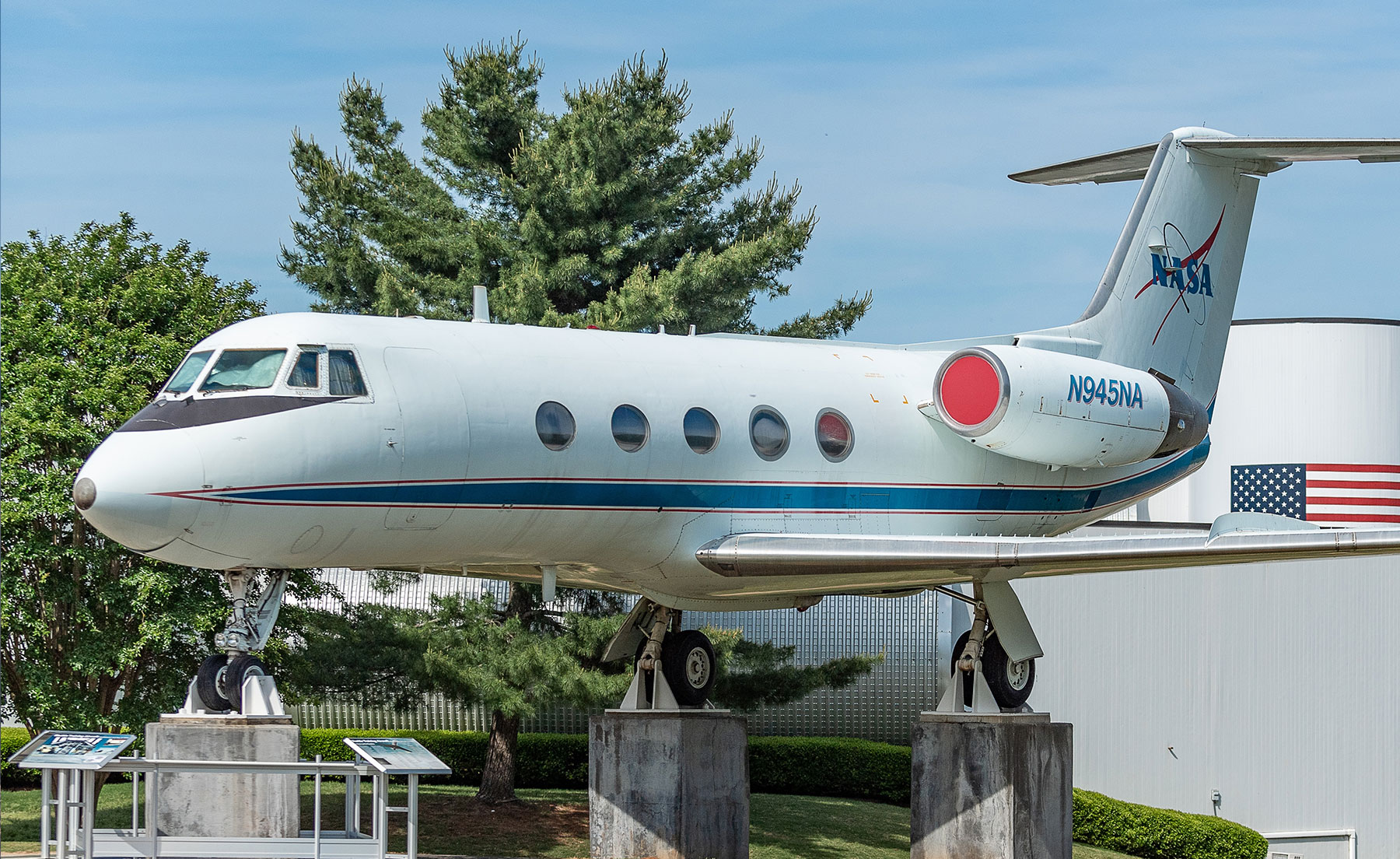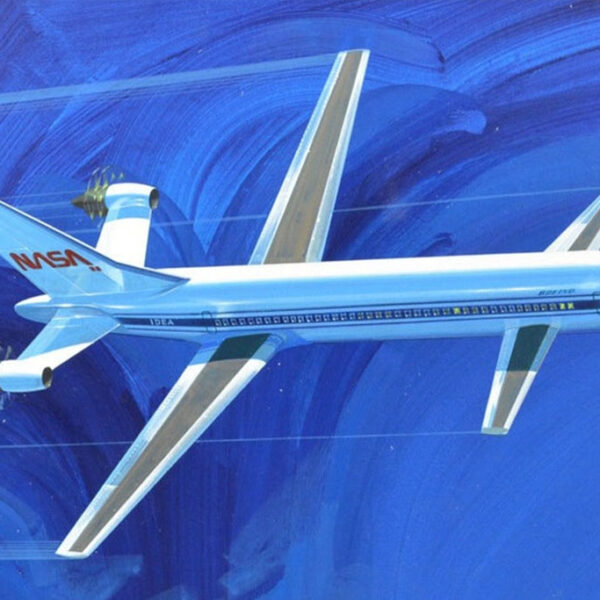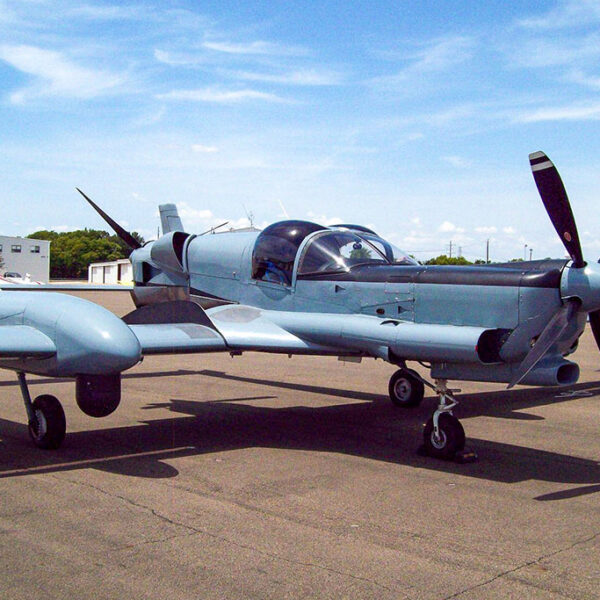NASA’s Shuttle Training Aircraft – A Gulfstream Business Jet, Repurposed

Learning to land the Space Shuttle was no simple task. Cost and logistics prevented pilots from utilizing the shuttle itself for flight training, and ground-based simulators came with significant limitations.
NASA’s solution? Repurpose a Grumman G-1159 Gulfstream II business jet to simulate the Space Shuttle’s descent and approach.
To achieve this, NASA made three primary modifications to the Gulfstream:
- A modified flight deck, in which the left half was modified to replicate the Space Shuttle. This included the Shuttle’s avionics and control stick. Additionally, the windows were blocked off to restrict the pilot’s field of view to provide the same sight picture and peripheral field of view as the Shuttle.
- Modified control surfaces on the wing included an additional flap system that reduces lift. This, combined with “flaperons” (combined flaps and ailerons) helps to achieve the extreme rate of descent and unique control characteristics of the Shuttle.
- Modified thrust reversers that, in concert with the modified control surfaces, could be deployed in flight to achieve descents achieving 12,000 foot per minute with a 20-30-degree downward deck angle.
The Shuttle Training Aircraft (STA) saw heavy use during the Space Shuttle program. By the time a Shuttle Commander took command for the first time, they would have performed roughly 1,000 practice approaches in the STA, while first-time Shuttle pilots would have performed roughly 500.
A typical practice approach would begin from 37,000 feet and 280 knots, typically over White Sands, New Mexico. The crew would lower the main landing gear, using a modification that kept the nose gear retracted. With the main gear extended and reverse thrust activated, the crew could fly a profile simulating a typical Shuttle approach. At 150 feet above the ground, the crew would extend the nose gear in the event inadvertent contact was made with the runway.

By conducting this training in an actual aircraft, the crew would be subject to factors unable to be replicated in a ground-based simulator. Environmental factors such as sunlight and turbulence would be present, as would the physiological factors such as the G-forces that would pull the crew forward in their harnesses during the extreme approaches.
In 2011, the SCA was flown to the Rick Husband Amarillo International Airport, where it remains today as an exhibit at the Texas Air & Space Museum.





